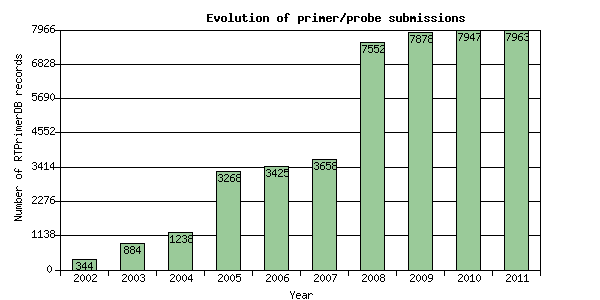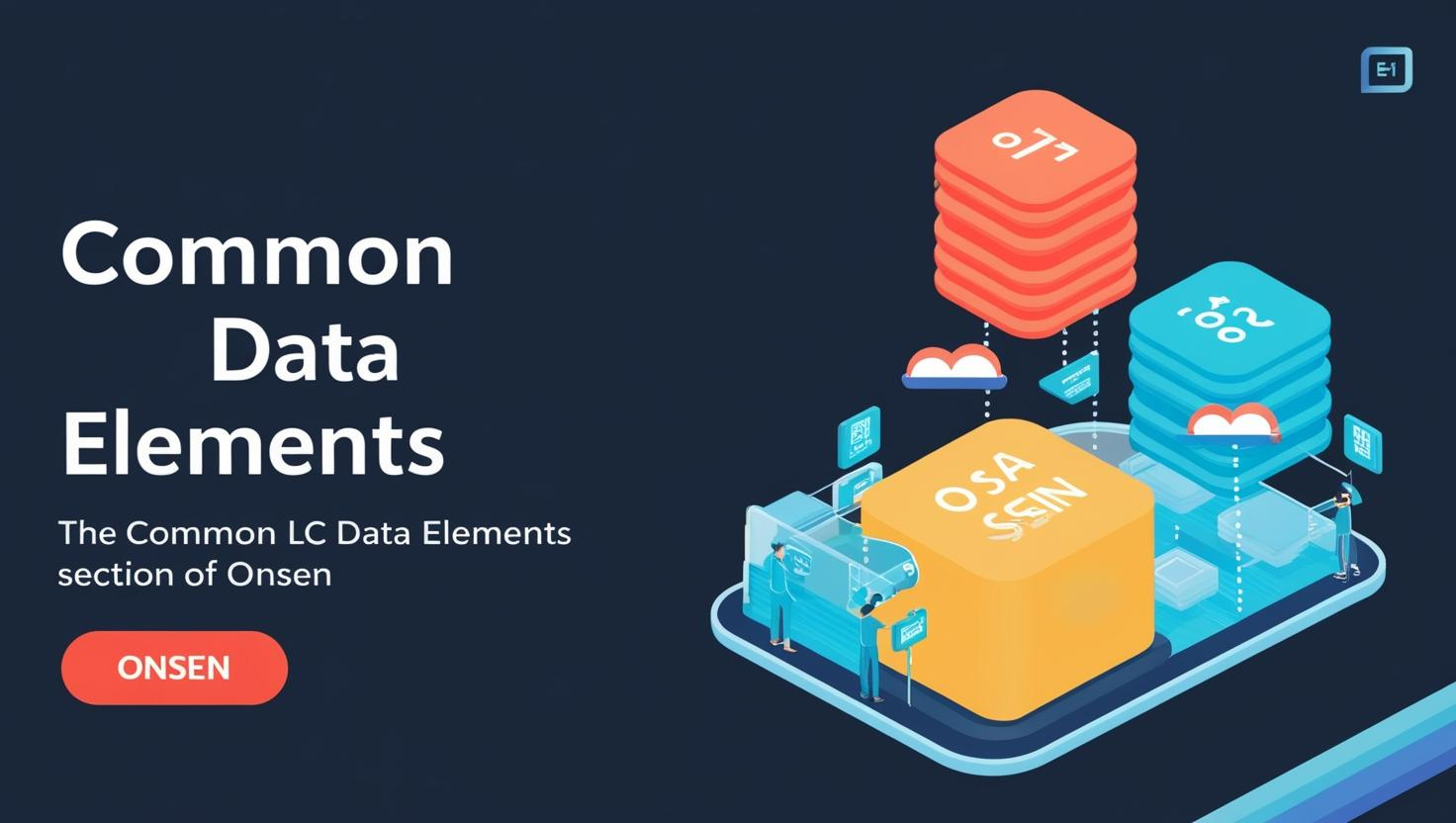Omics.Gentaur : Premium Life Science Research Tools, Reagents,and Kits for Genomics, Proteomics, and Molecular Biology

*Number of primer sets available in the database per organism :
*Number of primer sets available in the database per application :
*Number of primer sets available in the database per detection chemistry :
*Number of published primer sets available in the database :
Getting Started
The purpose of ONSEN is to assist those interested in including Omics in their program of nursing research. The creation of this resource network was recommended by leaders from the nurse scientist community who wanted to enable collaboration, mentoring, and access to training opportunities. Read more about the options for you to contribute to this growing network of colleagues working together to advance nursing science through Omics-based research.
Three ways to get started :
- Are you a nurse scientist, trainee, or other investigator with an interest in Omics nursing research? Through the Research Collaborations section of ONSEN, you can search the database of investigators and projects, and also contribute your own project to the database.
- Are you seeking information about common data elements to include in your studies? Visit the Common Data Elements section for more details and resources.
- Do you want to find education and training options that can help improve your knowledge about Omics and nursing science? Are you available to serve as a mentor, or have pre/postdoctoral opportunities at your institution? The Education & Training section provides the Genomic Knowledge Matrix in addition to a place to seek or post information on mentoring opportunities and pre/postdoctoral positions.
We look forward to having you become part of this Network : ONSEN Omics Nursing Science & Education Network
Last Updated: 07/25/2019
=> The collection, maintenance and use of the personal information you submit via this website is protected under provisions of the Privacy Act of 1974. As such, all personally identifiable information (PII) you provide shall be treated as confidential, shall be used only for the purposes for which it was intended and shall be protected from unauthorized disclosure to the full extent permitted by the Act. PII that is entered by participants will be shared with users of the ONSEN website who may contact the participants for the intended purposes of the ONSEN website, which may include collaborations on research projects or exchanging information as a mentor. Participants will be contacted annually to update their information, if desired. By using the ONSEN website, individuals are providing nongovernmental third-parties with access to PII. NINR



The Genomic Nursing Science Education Workgroup recognizes that Omic nursing science varies widely based on the individual investigator, the nature of the research, and the role a scientist plays on the research team.
- As such, the Genomic Knowledge Matrix occurs on a knowledge continuum developed from Blooms Taxonomy and Webb’s Depth of Knowledge1, 2.
- The four knowledge levels include : Basic, Intermediate, Proficient, and Applied.
- See a summary by viewing the Genomic Knowledge Continuum.
- View details of the background, purpose, focus and development and ongoing update processes in the Genomic Knowledge Matrix Preamble.
- View the entire Genomic Knowledge Matrix for Nursing Scientists.
- Access the full text of the Genomic Knowledge Matrix publication.
- This section of ONSEN provides details of the key knowledge elements considered essential for integrating Omics into research.
- The key concepts from the following topics comprise essential knowledge elements necessary to integrate Omic science into nursing research :
Molecular Biology
Systems Physiology & Cell Biology
Microbiology & Analytic Approaches and Bioinformatics (Translational Bioinformatics)




